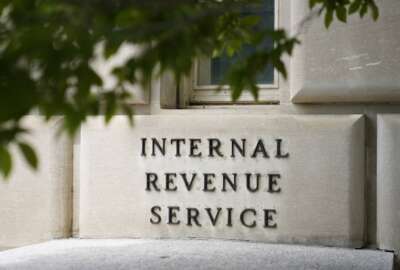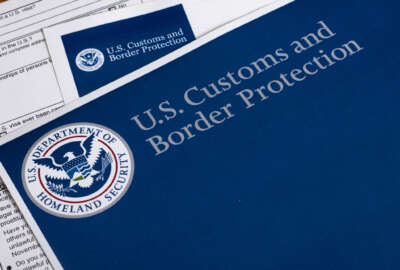Analysis: White House reorg plan could leave out agencies’ functions
The White House is taking a new step toward reducing duplicative government programs and reorganizing agencies. John Kamensky of the IBM Center for the Business...
wfedstaff | June 4, 2015 4:25 pm
The White House is taking a new step toward reducing duplicative government programs and reorganizing agencies.
The Office of Management and Budget has launched a pilot program to match export, trade and competitiveness programs across 11 agencies. This comes as the administration also is trying to reorganize parts of the government.
The pilot program approach is a “smart one,” said John Kamensky, senior fellow and associate partner at the IBM Center for the Business of Government.
“The effort right now seems not to be focused so much on submitting legislation but actually getting down to the granular level of what are the programs and the services and the customers that would be affected,” Kamensky said in an interview with The Federal Drive with Tom Temin.
The 11 agencies — including the Commerce Department, the Small Business Administration and the Department of Health and Human Services’s Community Economic Development — must submit to OMB a list and description of programs by Feb. 1.
The focus on results is aligned with the Government Performance and Results Act, updated in 2010.
The OMB announcement came the same day as President Obama’s announcement he would seek power from Congress to reorganize agencies. He said his first target would be to merge six trade and commerce agencies and create a one-stop shop for U.S. businesses.
The emphasis on trade-related jobs is borne of the current economic environment and the fact that such a push for a reorg has been in the works for more than 30 years, Kamensky said.
“But it’s predominantly been talked about by the legislative branch. This is the first time the executive branch has taken a lead on this,” he said.
The problem is politicians continue to approach trade and competitiveness issues as organizational problems when they are in fact policy issues, said Ira Shapiro, an international trade lawyer at Greenberg Taurig in Washington. Shapiro previously worked at the U.S. Trade Representative (USTR) as ambassador and chief negotiator with Japan and Canada.
In theory, the functions of the individual departments and agencies — which are “nimble, lean, effective and respected” — would be combined into one, he said. However, the reality is different.
“No matter how many entities you put into the new department, you’ll never get everything in there that you need,” Shapiro said.
He gave USTR as an example. The agency negotiates with foreign government to create trade agreements and resolve disputes, according to the agency website.
“USTR always has the benefit of Commerce, but also State, Agriculture, Labor, and the interagency process is really well-ingrained,” he said.
Reorganization is “one of the oldest ideas in Washington, and frankly, it hasn’t gotten better with age,” Shapiro said.
RELATED STORIES
OMB attacking duplication with 11-agency pilot
Obama takes on big government: `It has to change’
Copyright © 2024 Federal News Network. All rights reserved. This website is not intended for users located within the European Economic Area.





